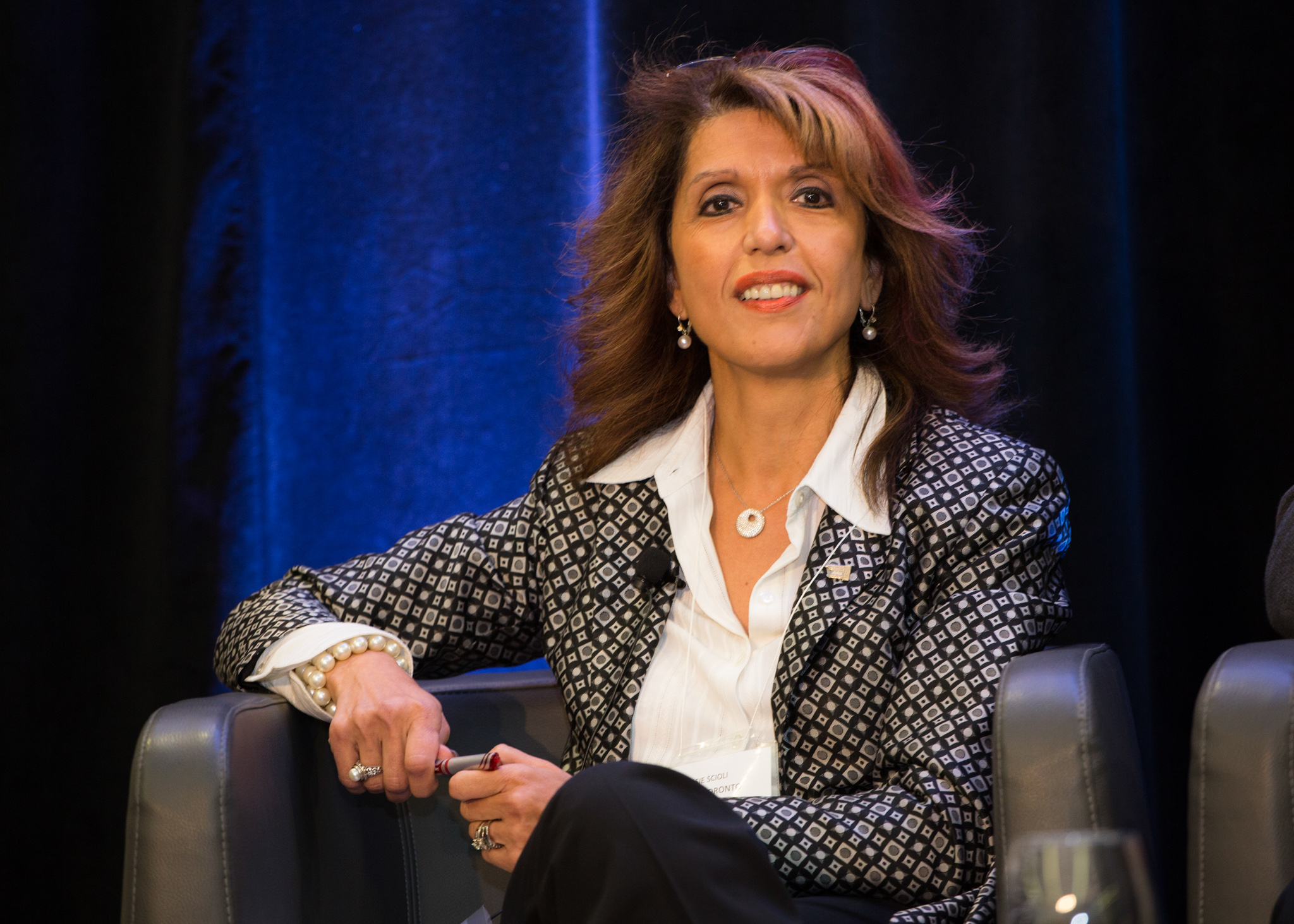Both public and private organizations may face some costs and challenges in putting the customer experience at the centre of their efforts, but not doing so is likely an even greater risk, a panel of executives agreed on Wednesday.
In a world where smartphone manufacturers like Apple and Samsung have redefined everyone’s expectations of digital experience and Amazon or Google seem able to dominate any new market at a whim, there’s a pressure to push down the digital transformation path.
Speaking at Technicity, an event co-hosted by IT World Canada and the City of Toronto, chief executives of a condo empire, a hospital, a technology vendor, and the City of Toronto recognized that pressure.
“Over the next five years, expect that the City will be focused on moving from traditional channels to non-traditional channels,” said Josie Scioli, chief corporate officer at the City of

Toronto. “We need to get our costs down and we need to make sure we’re effective in how we provide quality service.”
One example of the cost-saving potential Scioli pointed to is the 311 service. Available as both a phone service or as a web portal, the city’s information service costs much more when people choose to dial those three digits. A phone call costs about $18 per transaction, but a web transaction is just $2, she says. Also, the City has a goal of reducing from its current 41 service counters to just five, offloading the transactions to online.
At condo builder Tridel Corp., CIO Ted Maulucci saw an opportunity to save his customers money on their Internet bills. Rather than letting each resident choose from all the consumer Internet services available, Tridel has built its last 10 buildings to be utility Internet-based. That’s resulted in faster speeds provided at lower prices to all of the residents in each building.
Maulucci says that he’s realized that his customers didn’t mind losing the choice, because they view the Internet as a commodity like power or water. They just want it to work and be affordable.
“Communications are fundamental,” Maulucci says. “You wouldn’t live in a place where your phone doesn’t work. You wouldn’t want to live in a home where the Internet is terrible.”

The impetus for digital transformation at Humber River Hospital was safety, quality and again, driving cost savings, says Peter Bak, the CIO of the hospital. When the hospital expanded into a bigger space, Bak was able to find some of those cost savings thanks to a robotics implementation that avoided hiring new staff. Typically porters are tasked with moving things around a hospital – from patients and supplies to linens, foods and waste.
“We’ve automated all of that,” he says. “The payback is very clear, very clean, and nice.”
It was an upfront investment of $10 million, but with an estimated savings of $2.8 million per year, the ROI is definitely there, Bak says.
In the retail sector, Antoine Azar, co-founder of ThirdShelf, observes that independent operators are being threatened by technology-driven giants.
“Amazon can outcompete you in almost every way,” he says, pointing to its new ‘Go’ line of convenience and grocery stores in beta stage. “People can come in and take whatever they want off the shelf and check out without having to ever interact with a person.”
To help smaller retailers compete with that, ThirdShelf offers a software as a service (SaaS) model marketing platform and inventory management service. But more than the software, Azar says his company helps small firms understand the value of each customer.
“In this new economy when you sell software for $10 a month or $100 a month, I care about your success,” he says.
As more of the focus for building consumer experience shifts to digital, Toronto’s Scioli offered a reminder that not everyone is connected and tech-savvy in this world yet. The city plans to offer help to those who don’t have their own computer by providing terminals, perhaps in places like public libraries, with nearby advisors ready to help, he said.
